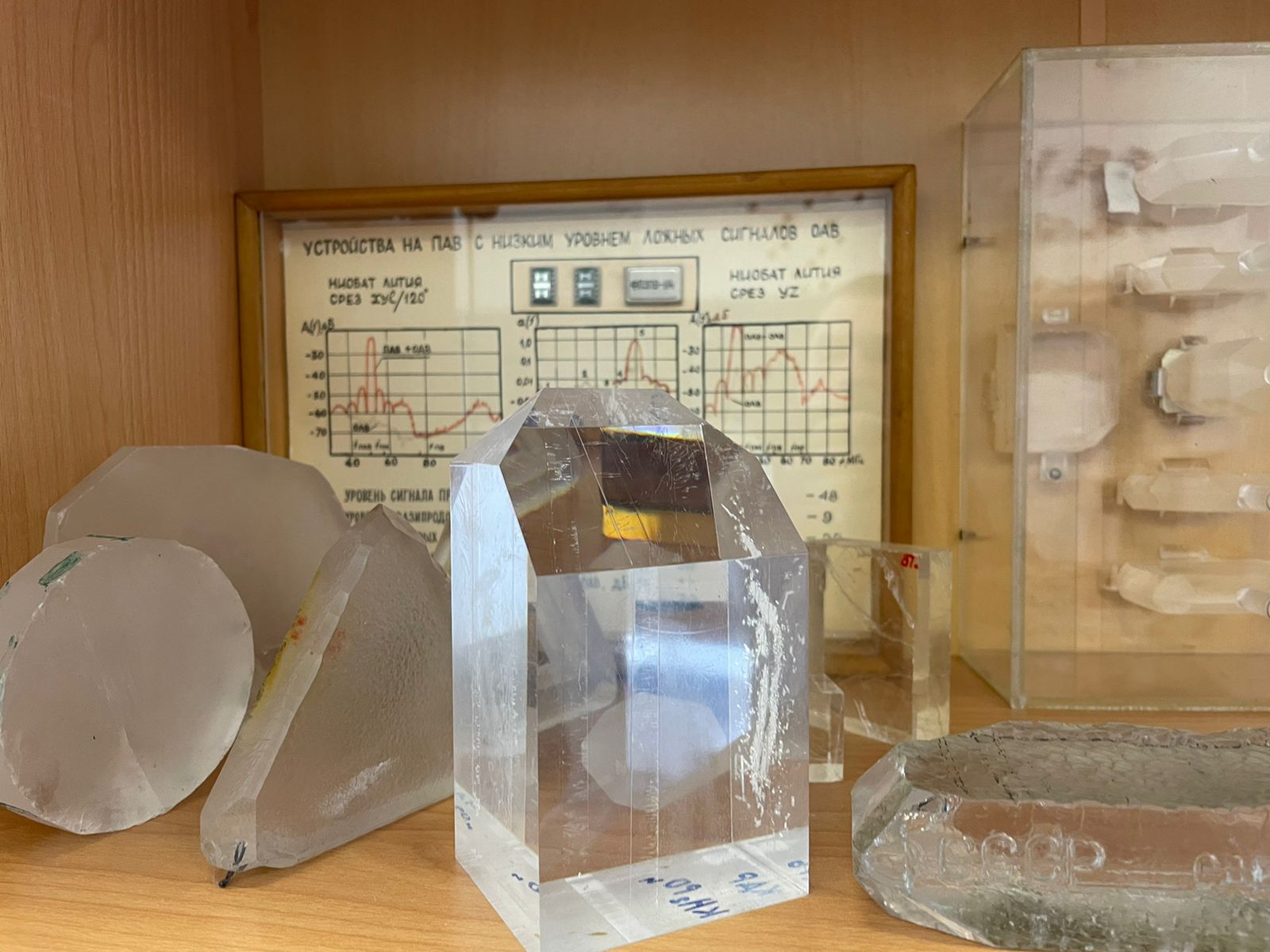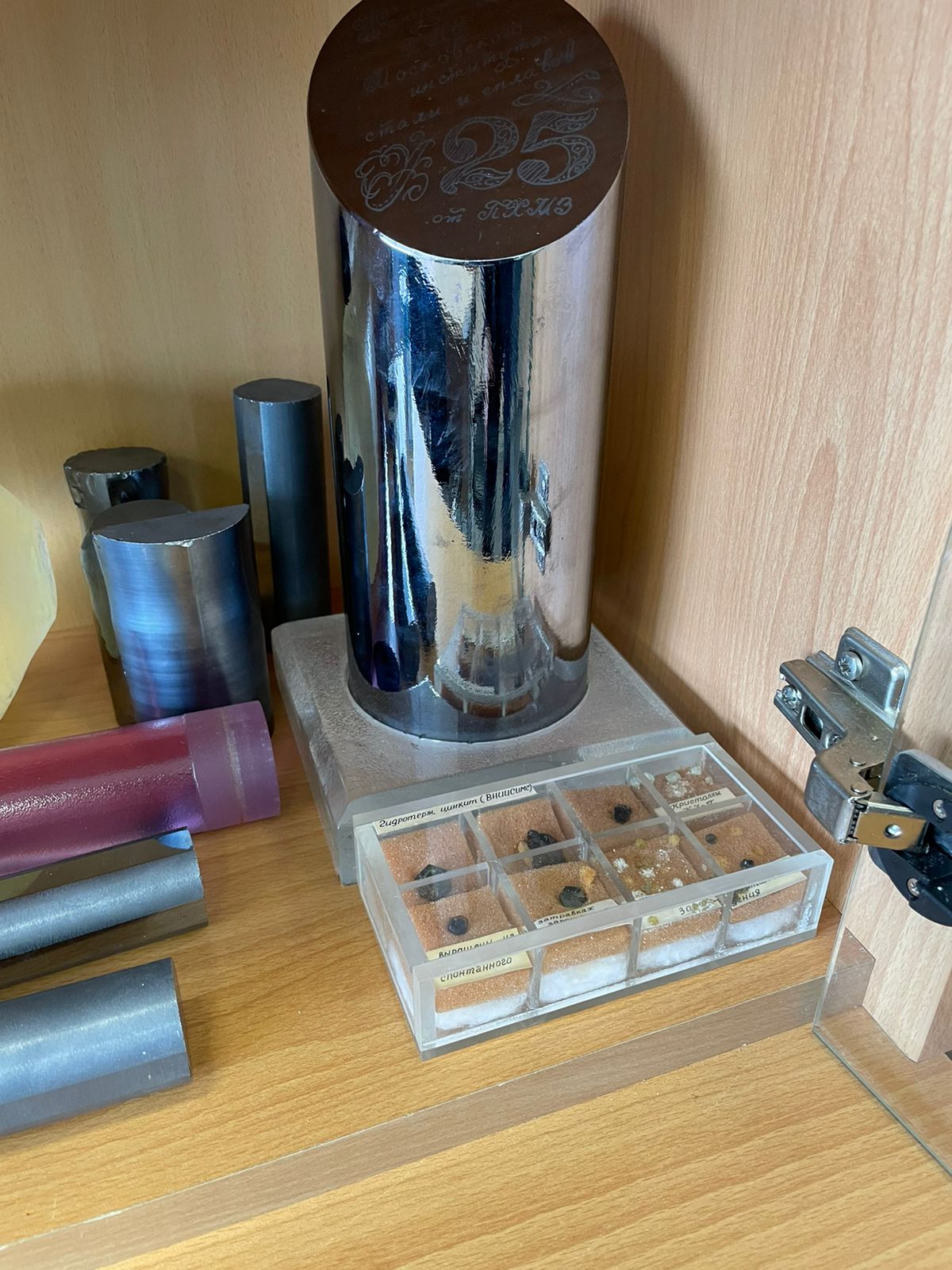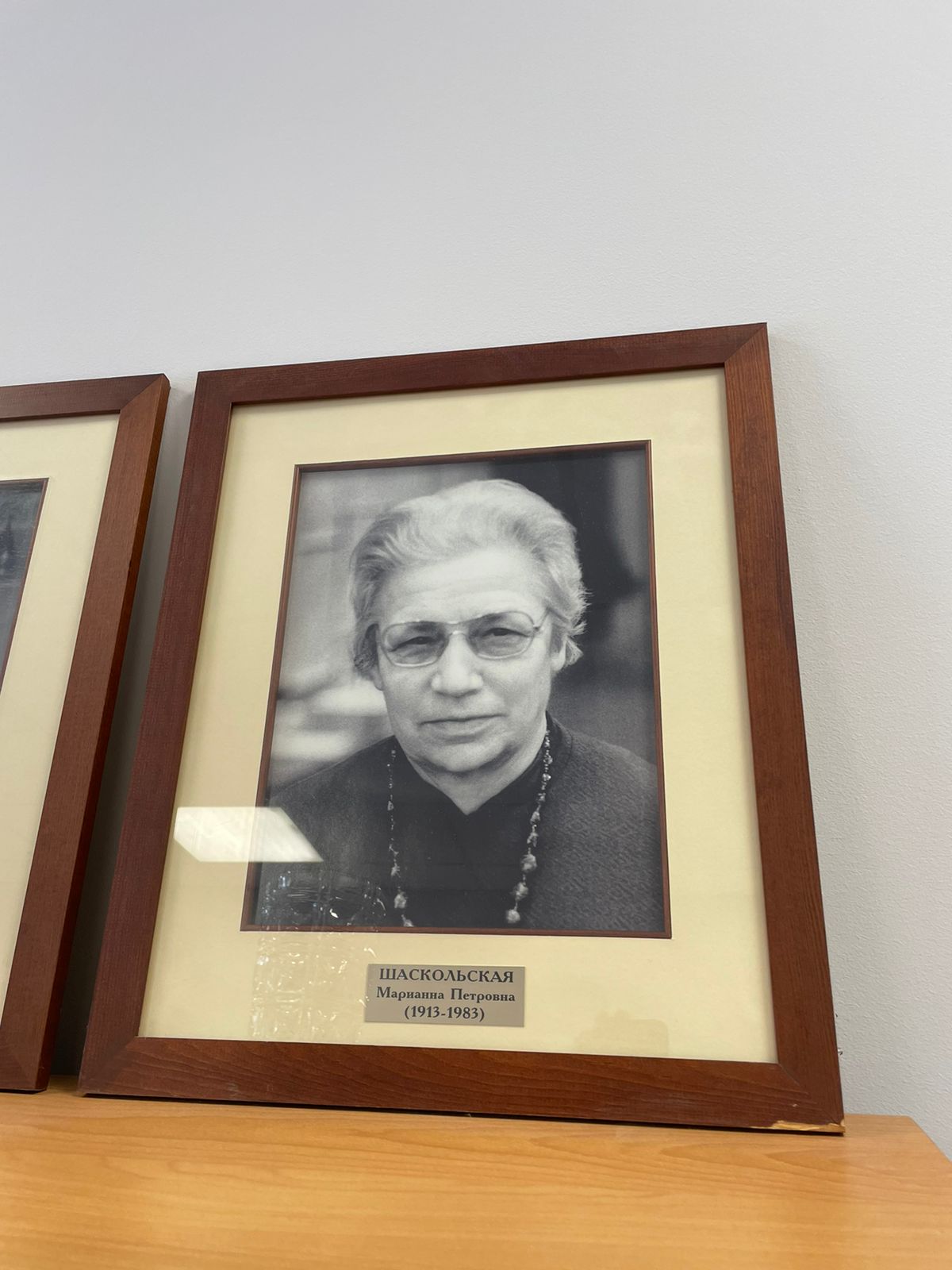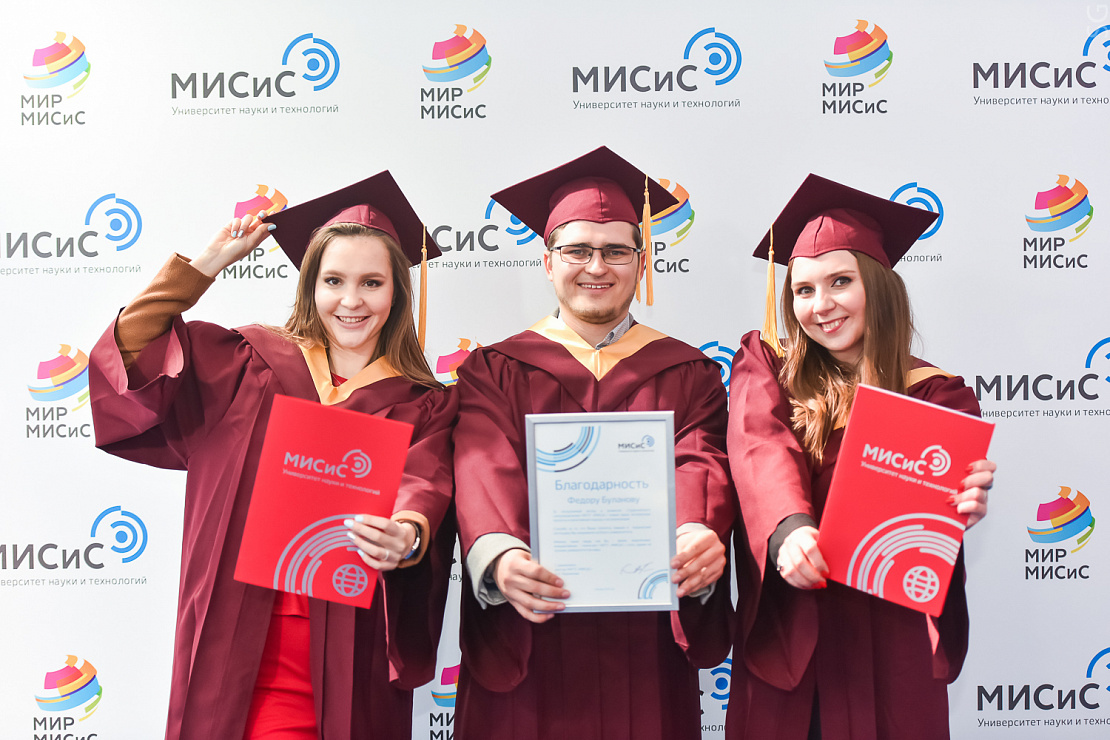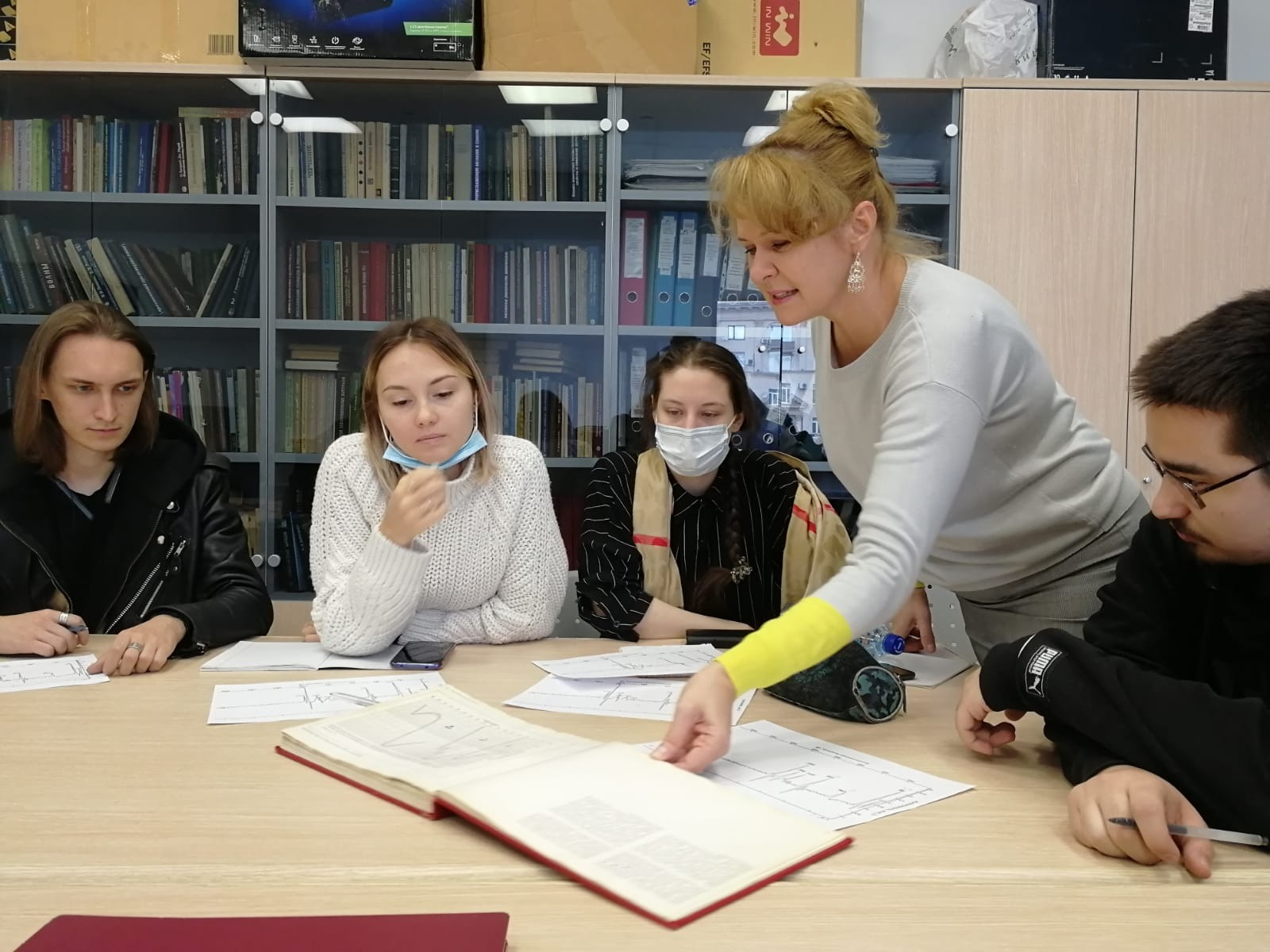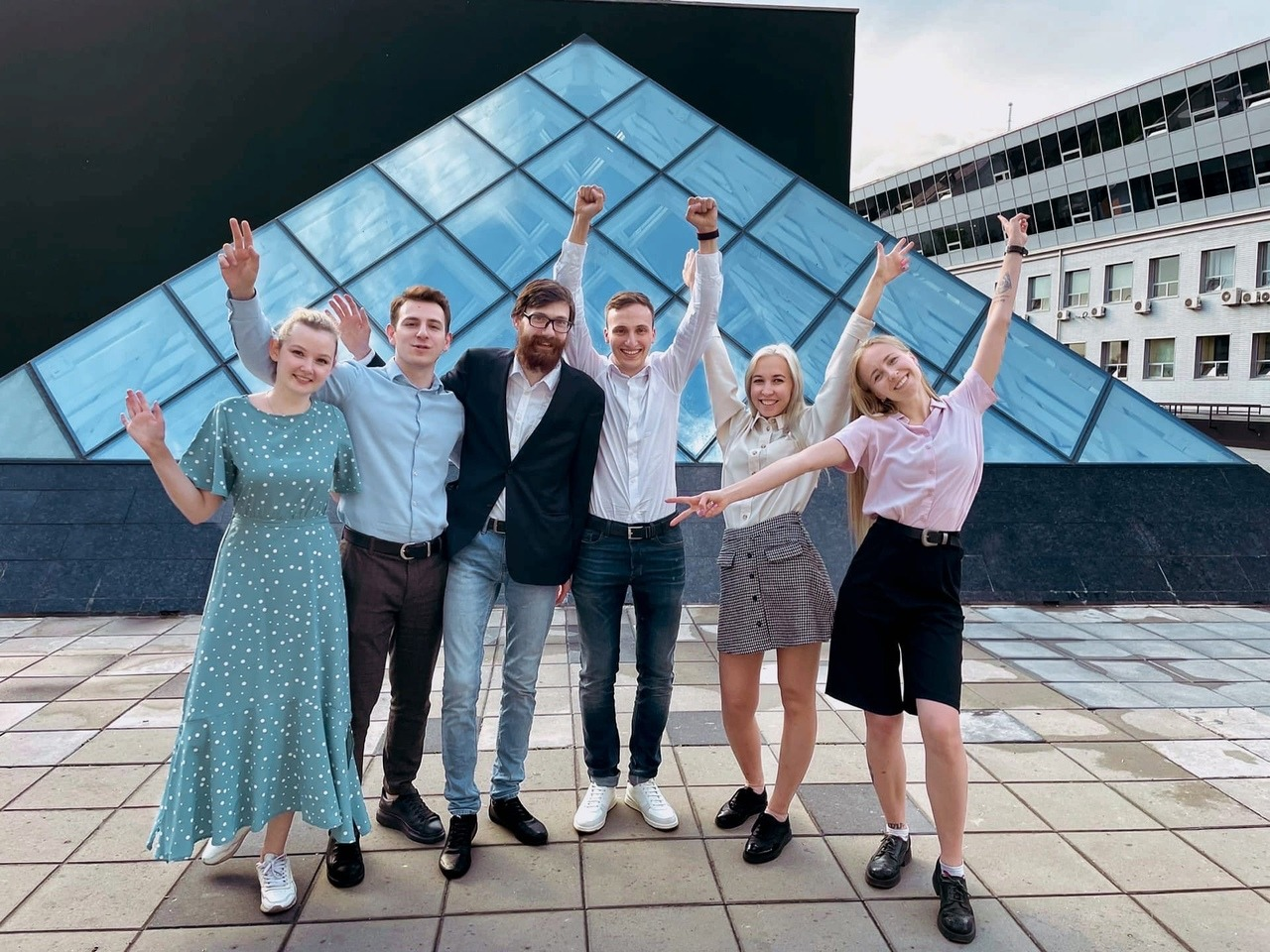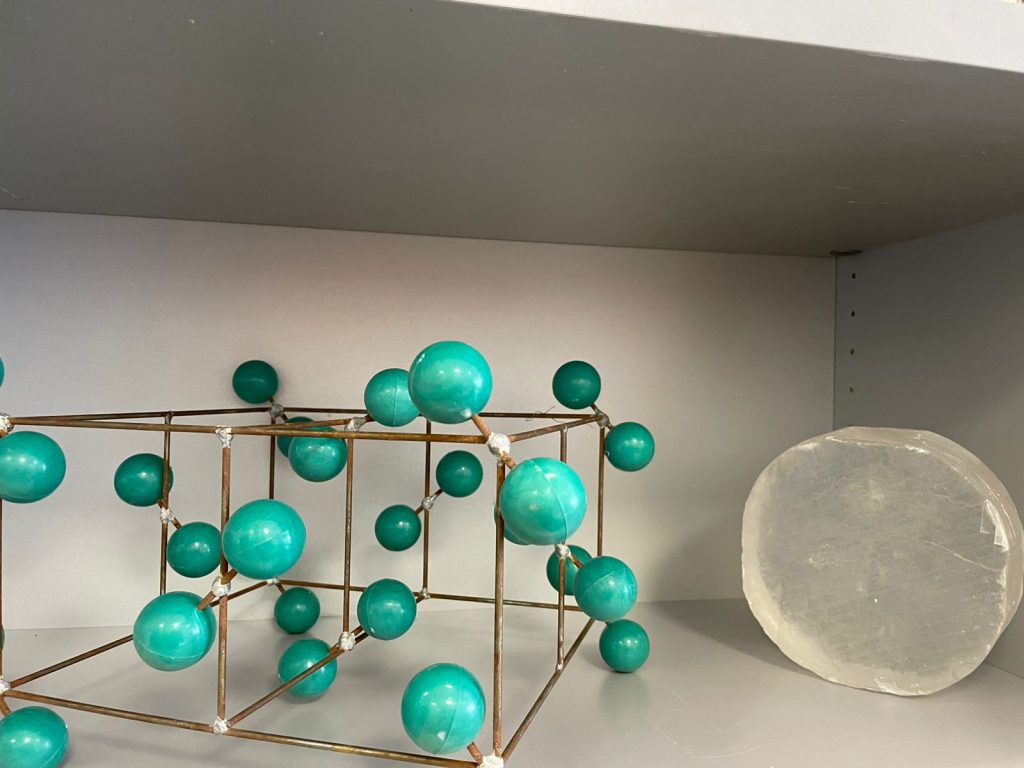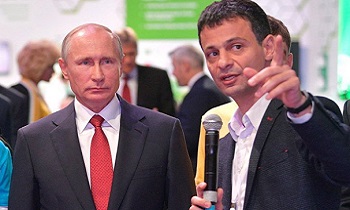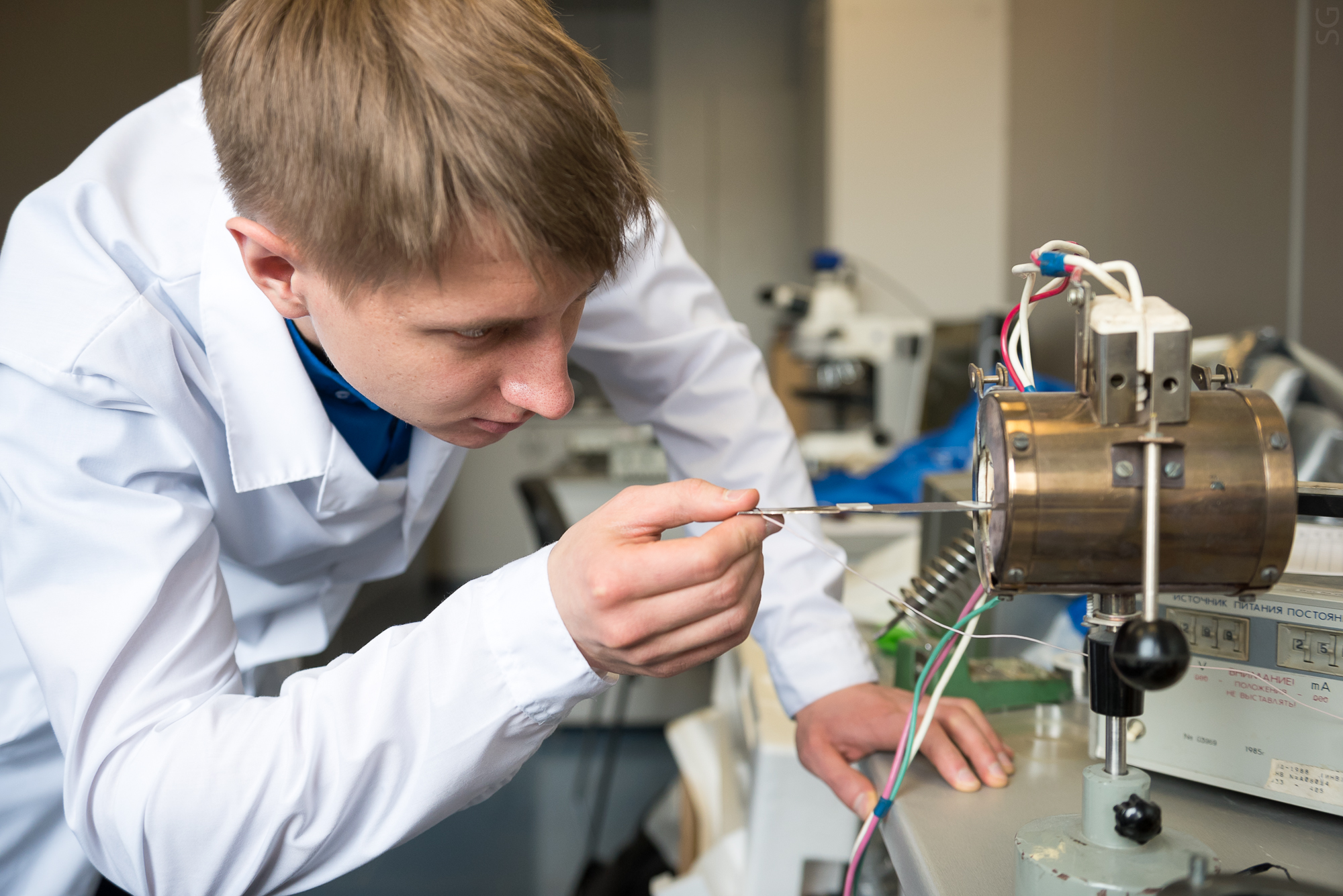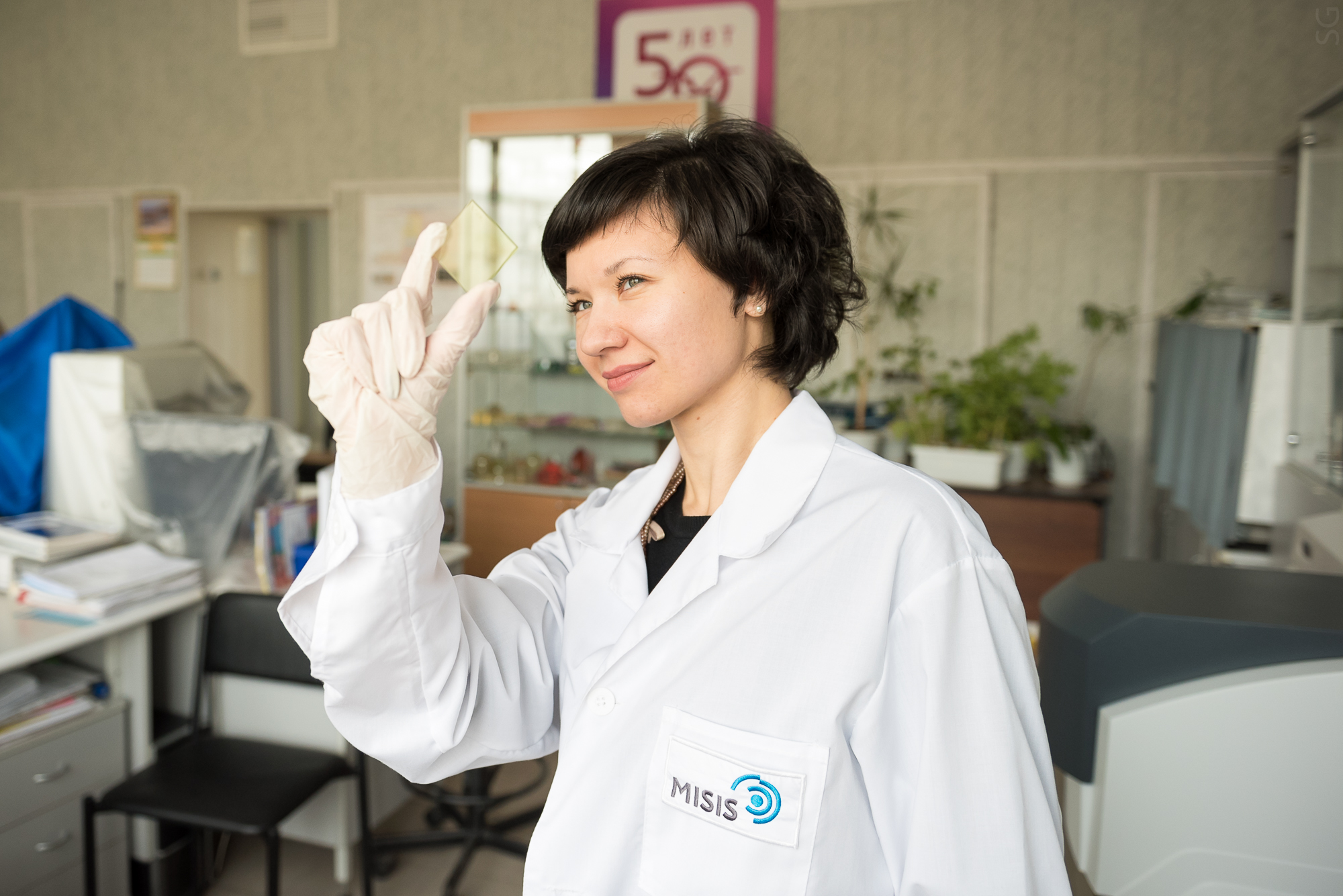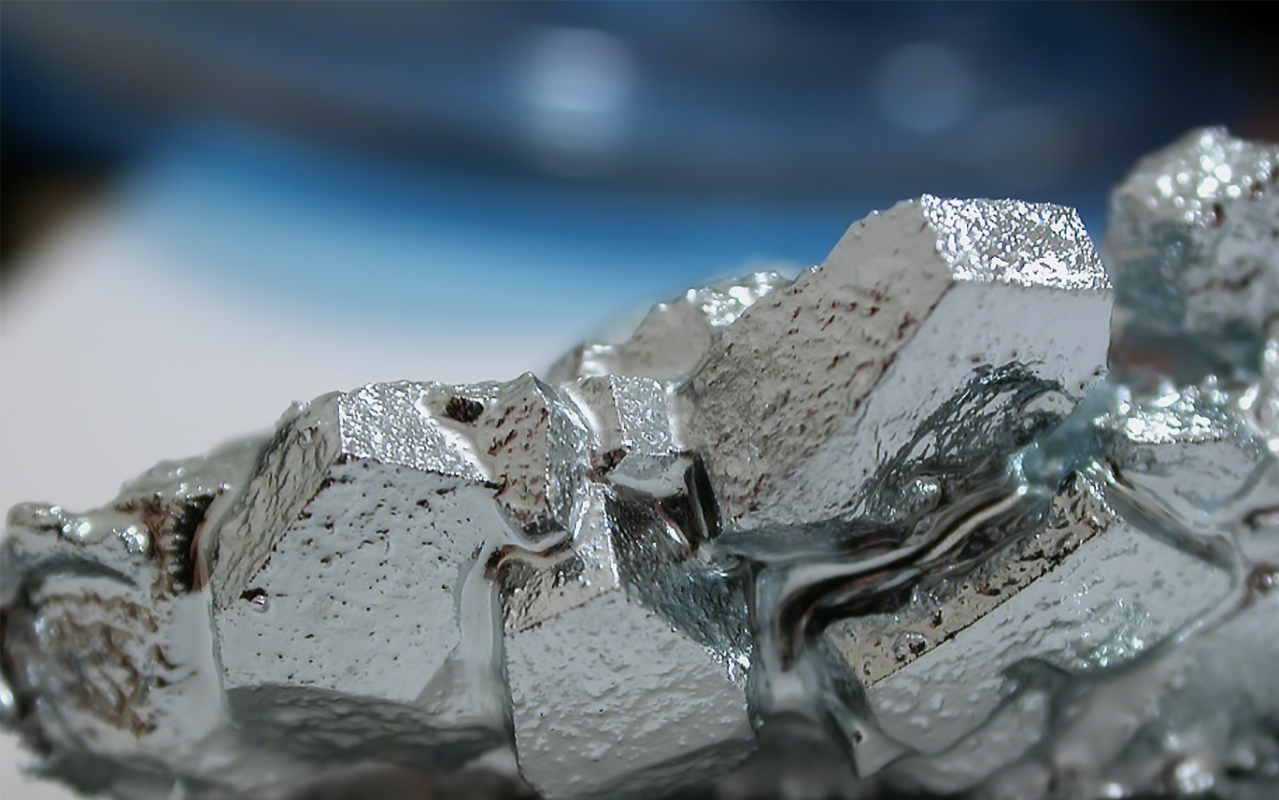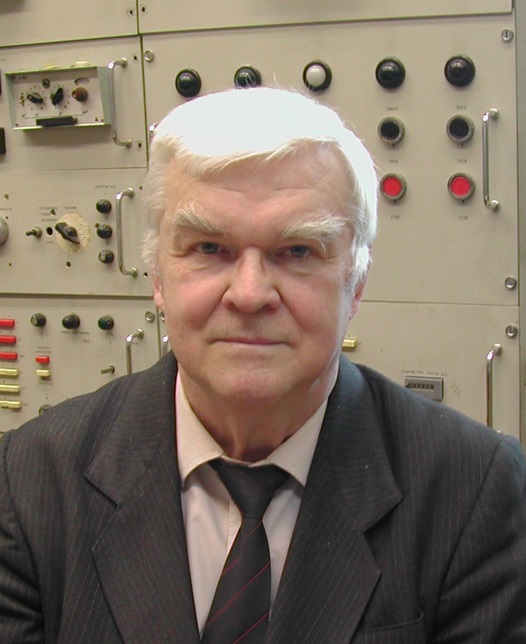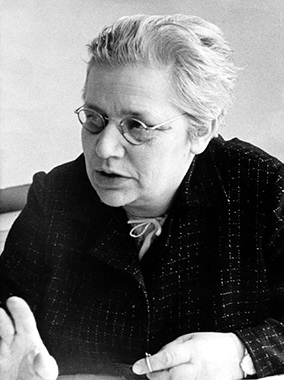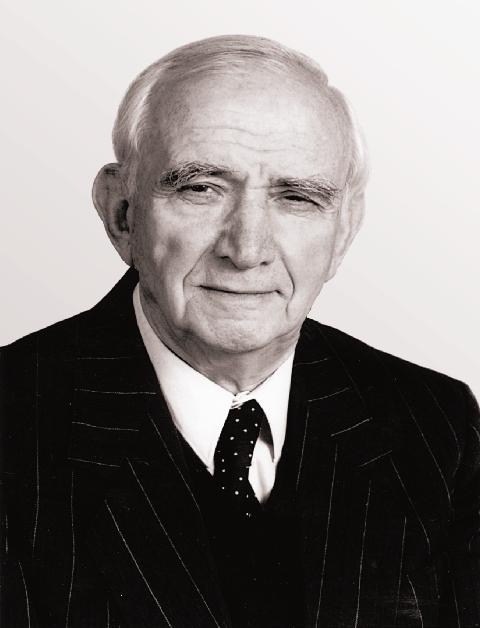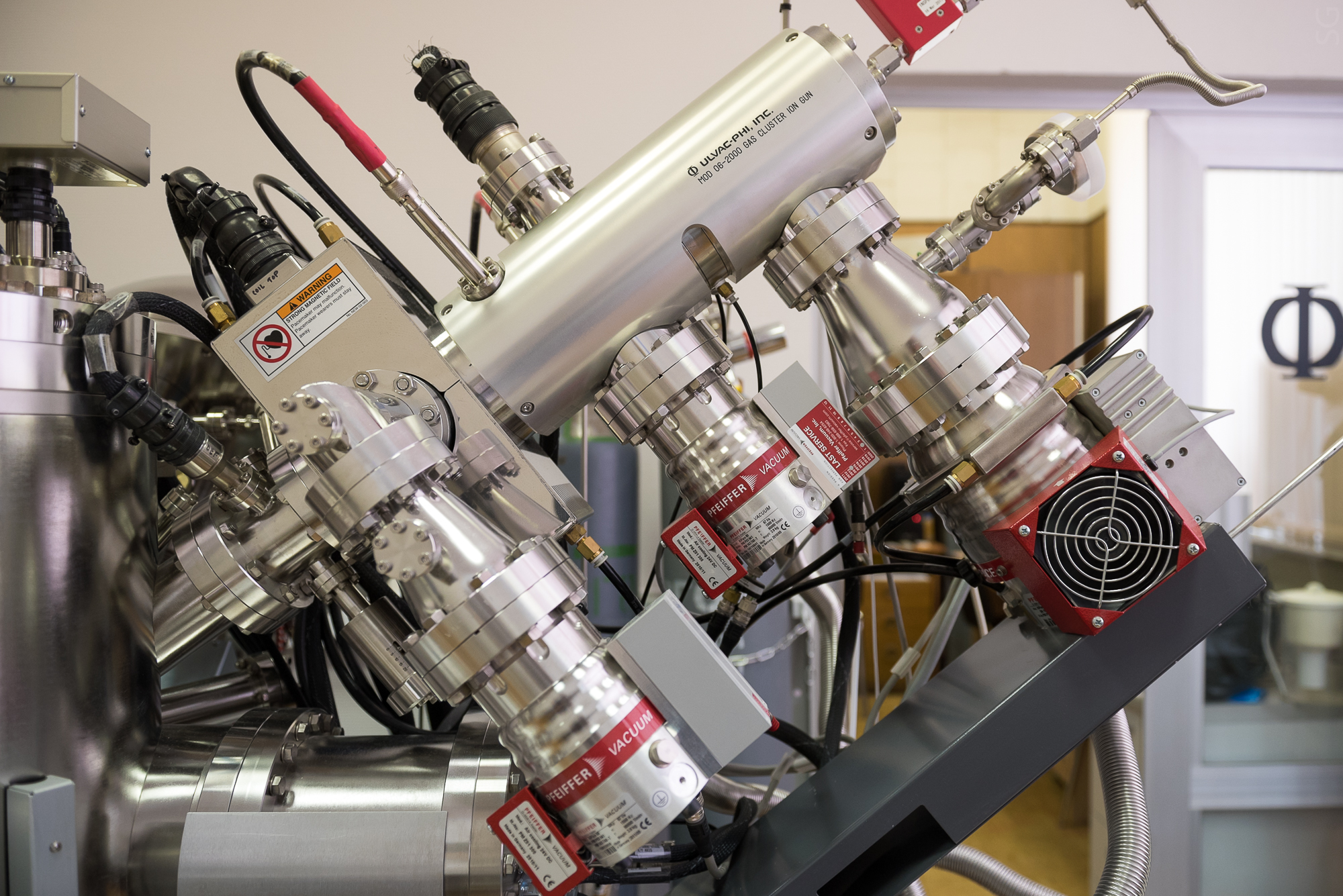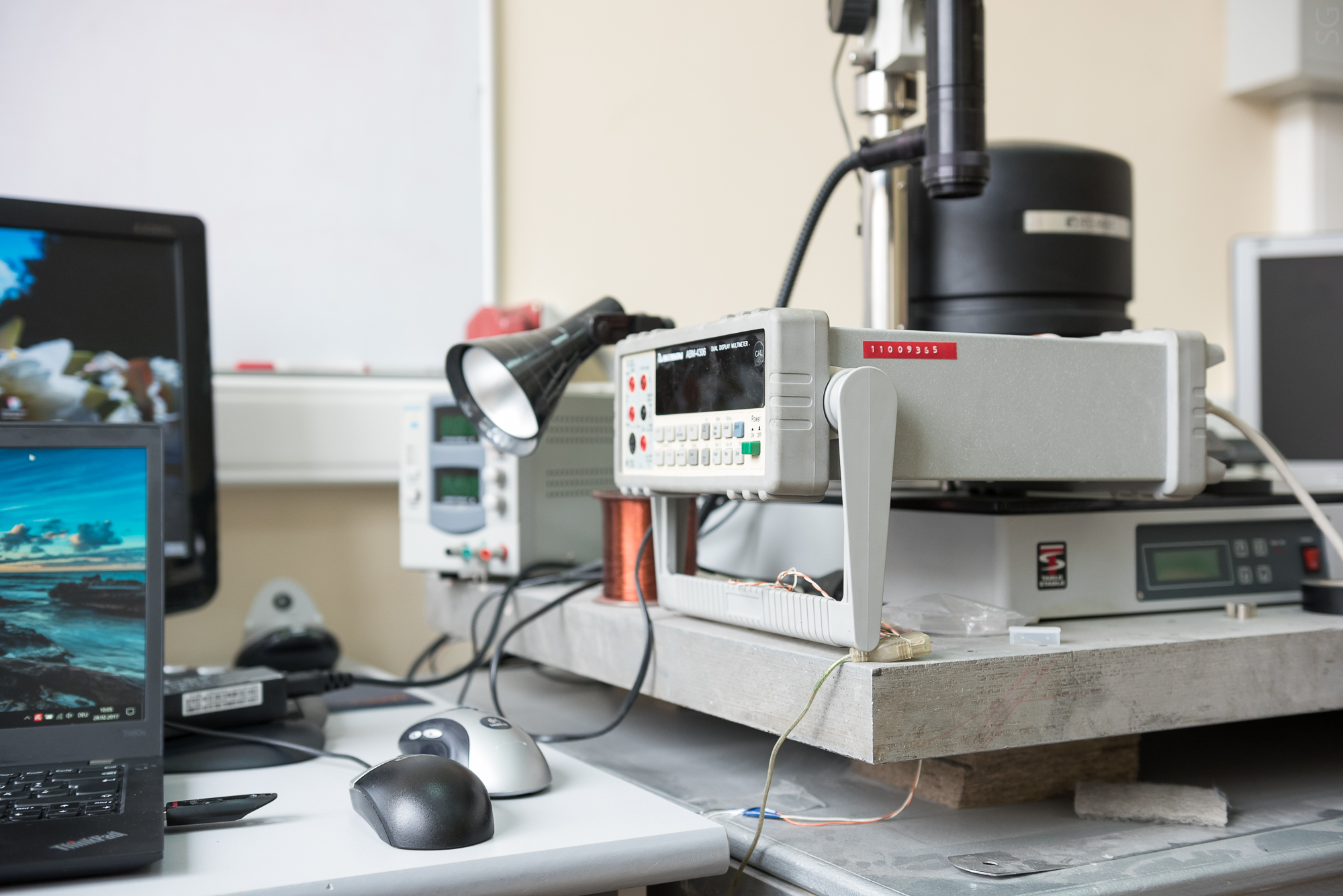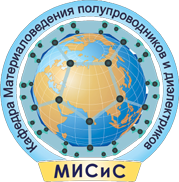The Department of Materials Science of Semiconductors and Dielectrics of NUST MISiS trains specialists of a wide profile for scientific and industrial work in the field of methods of research, development and production of a wide variety of materials, incl. used in micro- and nanoelectronics, optoelectronics, solar energy, power electronics and information display devices, in medicine …
Some recent achievements in the scientific areas of the department
- A technology has been developed for producing films of nanocrystalline lithium niobate with specified electro-optical characteristics by high-frequency magnetron sputtering;
- A program and methods for determining the physical parameters of experimental samples of lithium niobate films have been developed;
- Together with Polyus OJSC, a method has been developed for obtaining nanogradient optical structures designed to create tunable (adaptive) high-Q resonators, coatings with an anomalously high reflection and transmission coefficient. Such materials are new, there are no direct analogues in the Russian Federation and abroad;
- A method has been developed for the formation of ordered domain structures in plates of lithium niobate single crystals by methods of electrothermal treatment near the phase transition temperature and light exposure. Actuators based on bidomain structures made of single-crystal lithium niobate will find application in scanning probe microscopy (SPM) devices, in systems for precision tuning and alignment of quantum optical cavities, as waveguides with precisely variable geometric characteristics;
- A set of structural methods for diagnosing thermoelectric nanostructured material has been developed, including analysis of the granulometric composition of powders, analysis of the phase composition and material homogeneity, analysis of texture, fine structure and porosity of sintered samples. The results of the work were used directly in the development of the technology for obtaining thermoelectric material at JSC “Giredmet”. As a result of joint work, it was possible to create materials based on Bi 2- x Sb x Te 3 solid solutions with a high thermoelectric figure of merit.



